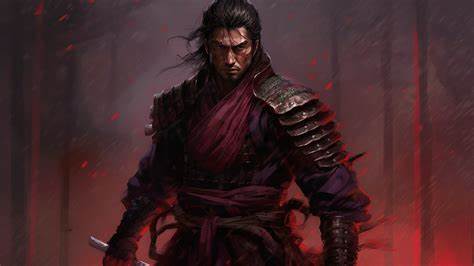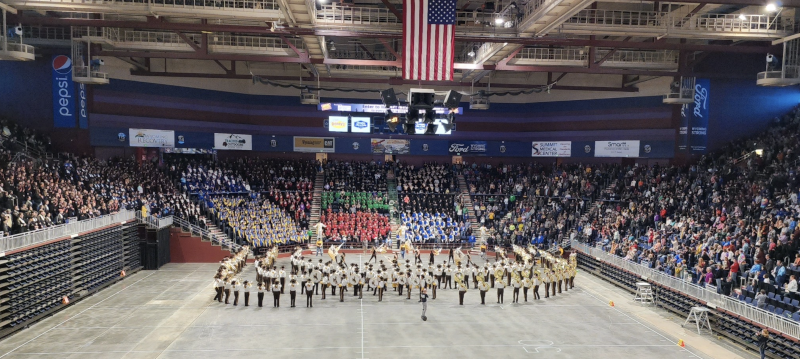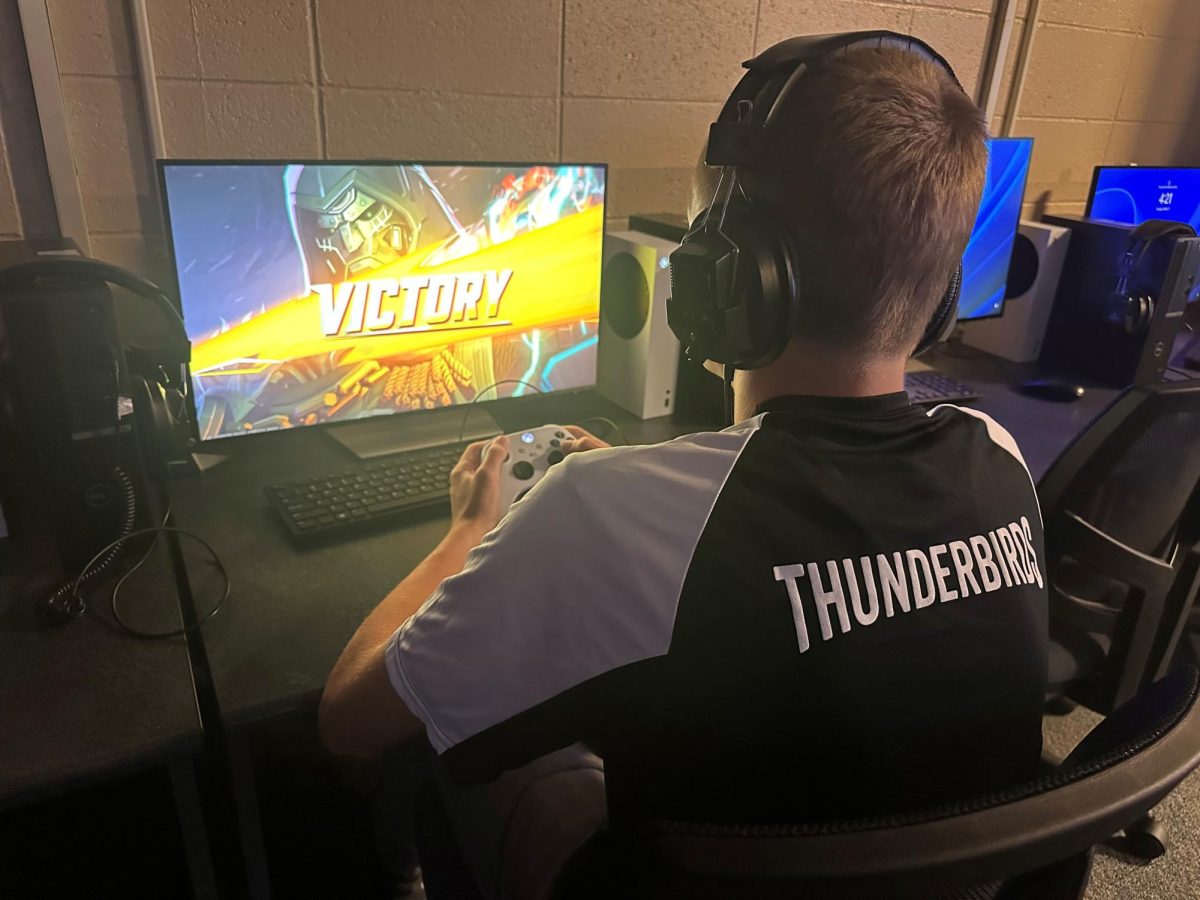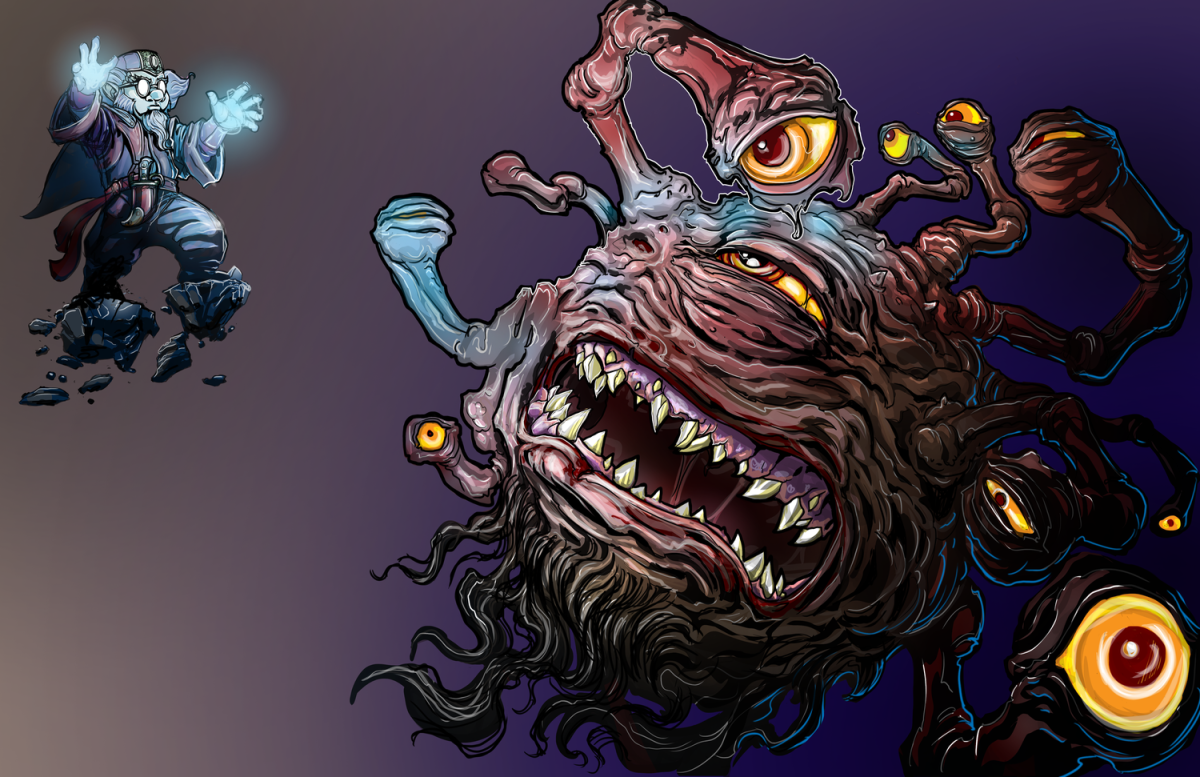The Fighter class in Dungeons & Dragons 5th Edition is one of the most accessible, flexible, and versatile classes in the game, making it ideal for players of all experience levels. Fighters are skilled warriors, capable of excelling in physical combat, defense, and tactics, and they are adaptable to a range of weapons and fighting styles.
Whether you’re looking to be a front-line tank, a nimble archer, or a dual-wielding blade master, Fighters have the tools and options to match any playstyle. This guide will walk you through everything you need to know to create and play a Fighter in D&D 5E.
What is a Fighter in D&D 5E?
Fighters are experts in combat, trained in a wide range of weapons and armor, and they have a mix of offensive, defensive, and tactical abilities. They focus less on magic (though they can dabble in it) and more on perfecting their fighting techniques. Fighters are perfect for players who enjoy getting right into the action and can take on a variety of roles within the party.
Step-by-Step Guide to Creating a Fighter
1. Choose Your Fighter Subclass
Your Fighter subclass, also known as your Martial Archetype, determines the kind of warrior you are. There are several archetypes to choose from, each catering to different playstyles:
- Champion: Champions are straightforward warriors who focus on improving their physical abilities. They have an increased chance of landing critical hits and can excel with nearly any weapon.
- Battle Master: The Battle Master is a tactical fighter who uses Superiority Dice to perform maneuvers, allowing them to control the battlefield, deal extra damage, or support allies.
- Eldritch Knight: Eldritch Knights mix martial prowess with spellcasting, giving them access to a limited selection of wizard spells. They can shield themselves, teleport, and even hurl spells at enemies.
- Cavalier: Cavaliers are mounted combat specialists, gaining bonuses to protect allies and knock down foes. They’re ideal for anyone who wants to play a tanky, defensive Fighter.
- Arcane Archer: Arcane Archers use magical arrows and enhance their ranged attacks with mystical effects. This subclass is excellent for players who want to play a magical, long-range Fighter.
- Samurai: The Samurai excels in both offense and defense, gaining temporary hit points and additional attacks to hold their own against tough foes.
- Echo Knight (Explorer’s Guide to Wildemount): Echo Knights can summon duplicates of themselves on the battlefield, allowing them to fight in multiple places at once, adding a unique strategic layer to combat.
Choose a subclass that matches the playstyle you’re looking for. If you want straightforward combat, go Champion. If you want to mix magic with your swordplay, try Eldritch Knight. If you’re after battlefield control, the Battle Master is your best bet.
2. Choose a Race
Choosing a race that complements the Fighter’s strengths—like Strength, Dexterity, or Constitution—will enhance your combat abilities.
- Mountain Dwarf: With bonuses to both Strength and Constitution, Dwarves make for excellent tanky Fighters, resilient and hard-hitting.
- Half-Orc: Their Strength boost and Relentless Endurance ability (which helps them avoid death) make them natural warriors.
- Human (Variant): Variant Humans get a +1 to two ability scores, proficiency in a skill, and an extra feat. This flexibility is invaluable for customizing your Fighter to match a specific style or focus.
- Elf (Wood Elf or High Elf): Wood Elves are ideal for Dexterity-based Fighters with their boost to Dexterity and extra movement speed. High Elves bring Intelligence (good for Eldritch Knights) and an extra cantrip.
- Dragonborn: With a bonus to Strength and their elemental breath weapon, Dragonborn make great frontline Fighters who want a bit of magical flair.
Choose a race that fits your chosen subclass and preferred combat style. Fighters thrive with races that enhance Strength, Dexterity, and Constitution.
3. Ability Scores and Skills
Fighters benefit most from Strength or Dexterity, depending on whether you want to be a melee or ranged-focused Fighter. Constitution should be your second priority, as it affects your hit points and durability in combat.
Here’s a typical priority for a Fighter’s ability scores:
- Strength (for melee fighters) or Dexterity (for ranged or finesse fighters)
- Constitution (for hit points and survivability)
- Dexterity or Strength (whichever isn’t your primary)
- Wisdom (for perception and resisting mental effects)
Skills: Fighters have access to a range of skills, and here are a few particularly useful ones:
- Athletics: Great for grappling and resisting being grappled. Essential for Strength-based Fighters.
- Perception: Always valuable, as it helps you spot hidden threats.
- Survival: Useful for wilderness campaigns and tracking enemies.
4. Fighter Class Features
Fighters have some powerful features that make them formidable on the battlefield:
- Fighting Style: At 1st level, you choose a fighting style that provides a passive bonus to your combat abilities. Options include:
- Defense: +1 to AC while wearing armor, good for tanky Fighters.
- Dueling: +2 to damage with a one-handed weapon, great for single-weapon fighters.
- Great Weapon Fighting: Lets you reroll low damage rolls on two-handed weapons, making it ideal for heavy-hitting builds.
- Archery: +2 to attack rolls with ranged weapons, perfect for ranged Fighters.
- Second Wind: A self-healing ability that allows you to regain hit points once per short rest, useful for staying in the fight longer.
- Action Surge: Starting at 2nd level, this ability lets you take an additional action on your turn, which is excellent for damage output or tactical maneuvers.
- Extra Attack: At 5th level, you gain the ability to attack twice per attack action, increasing your damage potential. Fighters eventually get up to four attacks per turn, unmatched by any other class.
- Indomitable: Starting at 9th level, you can reroll a failed saving throw once per long rest, making you more resilient against effects like charm or paralysis.
These features give Fighters their edge in battle, allowing them to deal consistent damage, survive tough situations, and control the battlefield.
5. Equipment and Weapons
Fighters can use almost any weapon, but choose based on your fighting style and subclass. Consider the following setups:
- Sword and Shield: Ideal for tanky Fighters, especially Cavaliers or Champions with Defense Fighting Style.
- Greatsword or Greataxe: Heavy-hitting weapons work well with Great Weapon Fighting, giving Fighters powerful, reliable damage.
- Longbow: For ranged Fighters, especially Arcane Archers, this offers high damage output with a good range.
Armor: Fighters have proficiency with all types of armor. Wear the heaviest armor available to you unless you’re a Dexterity-based Fighter, in which case medium or light armor will work better.
Playing a Fighter: Role-Playing and Combat
1. Role-Playing Your Fighter
Fighters can come from diverse backgrounds—soldiers, knights, mercenaries, or even gladiators. Consider why your Fighter chose the path of a warrior. Are they seeking honor, driven by revenge, or simply in it for the thrill of battle?
Fighters can also have unique personalities shaped by their combat experiences. Some Fighters are stoic and disciplined, while others are brash and eager to test their skills. Let your subclass inform your character. A Champion might be an honorable knight, a Battle Master a military tactician, and an Arcane Archer a mystical guardian.
2. Combat Strategy
Fighters shine in combat, and their strategy will vary depending on their build:
- Frontline Tank: If you’re a heavily armored, melee Fighter, position yourself between your allies and enemies. Use your Action Surge to eliminate high-threat enemies quickly, and Second Wind to heal yourself in tough battles.
- Damage Dealer: With Great Weapon Fighting or Archery, focus on taking down enemies with consistent damage. Your Extra Attack and Action Surge give you impressive burst damage potential.
- Support and Control: Battle Masters and Arcane Archers can control the battlefield, debuff enemies, and support allies. Use your maneuvers to trip, disarm, or distract opponents, giving your team the upper hand.
Tactics for Key Abilities:
- Action Surge: Use Action Surge for pivotal moments, such as when you’re facing a high-level enemy or need to protect a vulnerable ally. It’s an excellent way to maximize damage in a short amount of time.
- Superiority Dice (Battle Master): Use these strategically. For example, trip or disarm an enemy to disrupt their attack, or use Rally to provide temporary hit points to an ally.
3. Short and Long Rests
While Fighters don’t rely on spell slots, they do benefit from short rests to regain abilities like Second Wind and Action Surge. Plan to take short rests after tough encounters to stay effective throughout the day.
Conclusion
The Fighter class in D&D 5E is the ultimate combat class, allowing for unmatched versatility and customization. Whether you’re a beginner seeking a straightforward experience or a veteran looking for tactical depth, the Fighter is a fantastic choice












